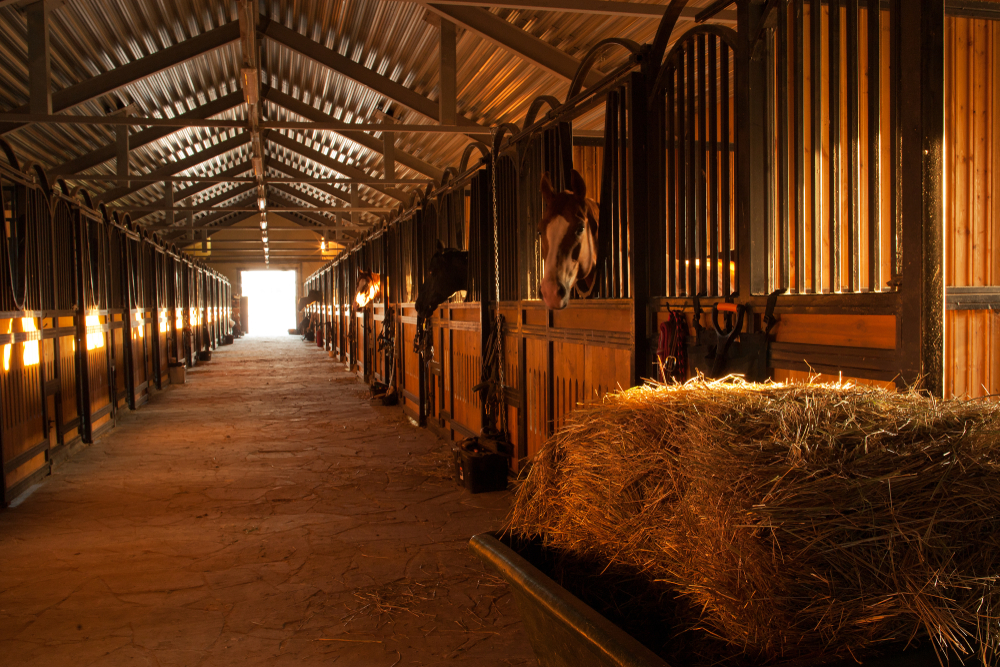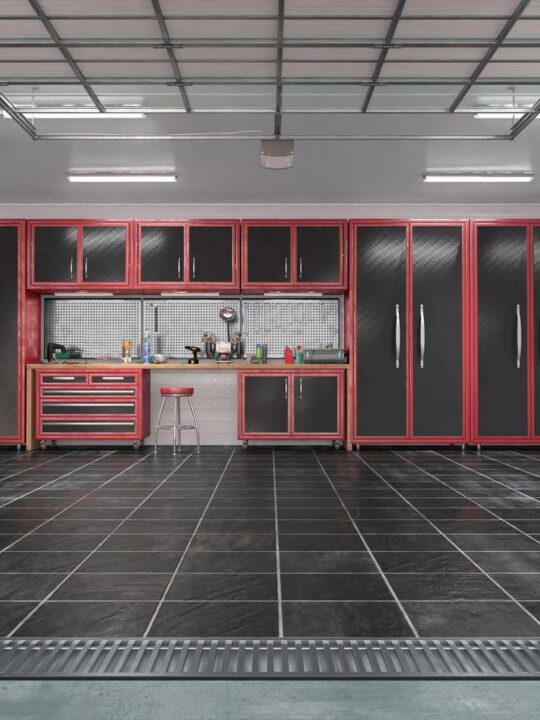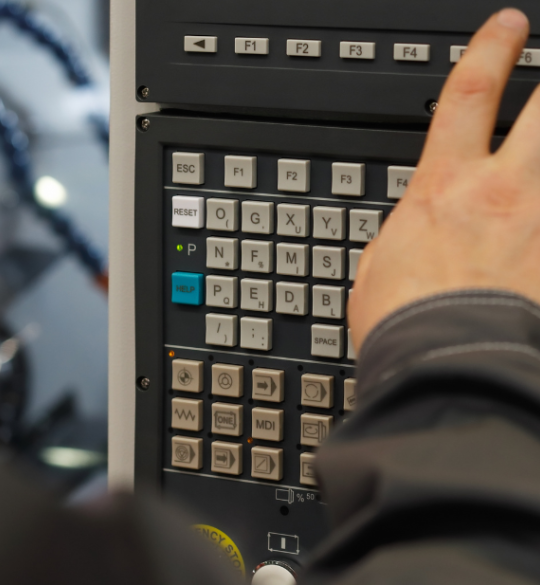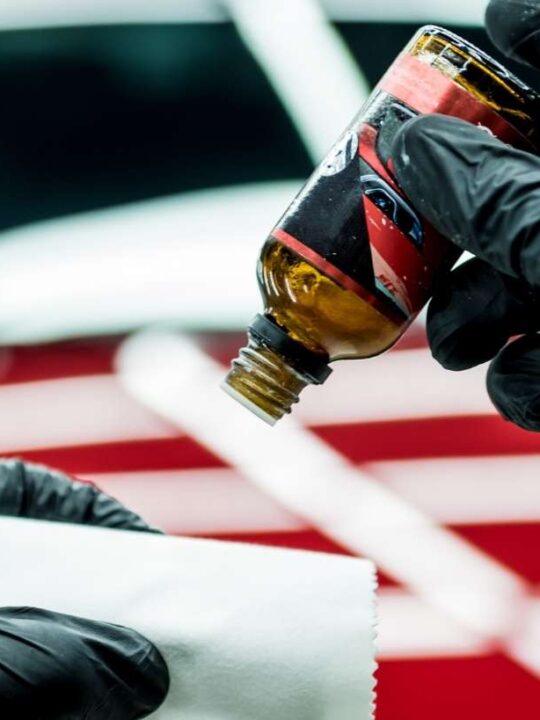 There are several aspects to consider while deciding on what type of Horse Stable you need, including how many horses would be kept inside the stable, if you would like to keep hay or other food inside the stable, or any specific features you’d like to include.
There are several aspects to consider while deciding on what type of Horse Stable you need, including how many horses would be kept inside the stable, if you would like to keep hay or other food inside the stable, or any specific features you’d like to include.
Because a horse stable may be modified in various ways, creating them might be a bit difficult. The goal is to understand your space and requirements and work with you to make the ideal horse barn for your land and budget. Hence, in this article, we will talk about two types of stabling that you may want to consider for your Australian horse stables.
Traditional Stabling And Barn Stabling
Traditional Stabling
Historically, horses are kept and managed based on their different uses and purposes, like hunting, agricultural work, and transportation. That is why traditionally, people kept the horses according to appearance. It is the classic stabling system. The stables are designed to stand on their own, or many may be placed side by side, with a door opening straight onto a large yard. In this system, horses are not able to see other horses when they are inside the stable. As a result, horses are only able to see other horses when they are outdoors. But if you want to let your horses see each other while being inside their stables, you may add side window panels to solve this problem.
Advantages
- A roof overhang above the stable entrance protects the horses from rainfall and, in summer, provides some shade.
- Because each horse is being kept in its own stable, there is less chance of infection.
- The horses often notice other horses inside the yard.
- Every stable has its entrance.
- Traditional stables can hold any amount of horses, with the added benefit of being extensible if necessary and available space.
- It can individually disinfect isolation boxes without having to spruce up the whole yard.
- Stables may be transformed into the tack, feed, and rug drying areas in many situations.
- You can care for a horse at midnight without waking the other horses.
- If a horse should be on shavings and rubber matting because of a dust allergy, you can easily monitor its needs within a private box.
Disadvantages
- Personal items cannot be placed outside the horse’s box and must be stored inside each horse’s tack and rug area.
- Some horses want to be able to observe other horses while inside the stable. In this situation, adding side glass panels that may be left open or closed may be viable.
- The majority of your equipment & food must be stored separately.
- Horses may feel isolated compared to American Barns.
- This type of stable provide less protection from foul weather.
American Barn Stabling
A legacy barn, also known as a traditional barn, is a kind of barn that has been around for a long time. American barns is a multipurpose steel structure alternative. Moreover, American barns are distinguished by a pronounced elevated drop on the centre bay and a gable roofing on the main harbour with matching awnings. You may also consider this for your own Australian horse stables.
Advantages
- Grilles are often used in American barn stabling to allow stable units to view one other.
- Each stable opens into a central corridor that connects the stables and goes to the outdoors.
- The whole stabling part is hidden.
- All of the horses could still see and know what is happening.
- Many stables include windows in the back that enable the horse to get fresh air.
- High roofs provide for ample ventilation but must regularly monitor airflow.
- You may keep a large number of horses under the same roof.
- You can store the horse’s rugs, grooming kit, and any other kit you might need outside the stable.
- If the middle corridor is sufficiently broad, shavings, hay, and straw deliveries may be made. A tiny vehicle could quickly drop it off.
Disadvantages
- Several horses find the crowded environment upsetting.
- It can be challenging to handle a single horse late at night without waking the others.
- Infection may spread quickly in an indoor barn setting.
- Outside of the stable, tying up facilities may be restricted.
- Horses having hay or straw allergy may be harder to handle unless horses in many adjacent boxes are on allergy-friendly food and bedding.
Conclusion
Because the horse barns may be customised in various ways, creating them might be a bit difficult. In addition, there are several aspects to consider while deciding on what type of horse stable you need, including how many horses would be kept inside the stable, if you would like to keep hay or other food inside the stable. Some horses want to be able to observe other horses while inside the stable. If the middle corridor is sufficiently broad, shavings, hay, and straw deliveries may be made.
A horse stable may be customised in various ways. If you’re having trouble choosing the type of stable for your horses, you may consider the two types discussed in this article. However, before deciding, make sure to consider which would be better for your horses. They are, after all, the reason why you’re putting up one.
Finally, once you have decided which type of horse stable you would like to have, look for an Australian horse stables building company to build your stable for you!







